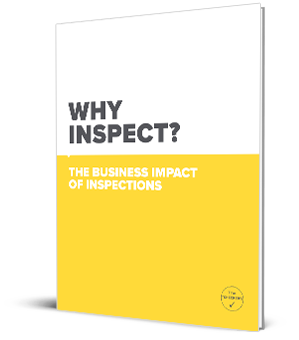PPE stands for Personal Protective Equipment. As the name says, PPE’s purpose is to protect employees in hazardous work environments. PPE typically is designed to protect the head (skull, ears, eyes, and face), the skin, hands and feet, and other bodily functions such as respiration and hearing.
The importance of regular PPE inspections should never be underestimated. They should be performed regularly to ensure that the equipment has not lost its effectiveness.
Pre-use inspections of PPE will detect any problems and—with the right fitting and specifications—keep your employees as safe as possible from work-related hazards that may result in injury or fatality.
Commonly Used PPE includes:
- Eye and face protection. Full face shields, spectacles, and safety goggles protect the face and eyes. This type of PPE is required in air-tool operations, hot-work, woodwork, metalwork, etc. due to debris that may damage eyes and the face.
- Head protection. Common on construction sites, hard hats are designed to protect against falling or flying objects that may penetrate or impact the worker. Too-large or too-small hard hats are inappropriate for use.
- Hearing protection. Many workers are exposed to harmful noise levels, but since it’s not visible to the human eye, industrial noise is often not considered a work-related hazard. However, the majority of all occupational hearing loss cases happen to people who work in the manufacturing sector. The exposure to noise is reduced thanks to earmuffs and earplugs, which are standard hearing protection assets.
- Skin and hand protection. Rubber gloves, chainsaw gloves, and cut- and heat-resistant gloves are typical assets for protecting one’s hands to help avoid hazards related to working with hot and slippery materials, electricity, sheet metal, glass, and chemicals. A lot of work is done with the hands, so protecting the hands’ skin is essential.
- Respiratory protection. If there are toxic substances and air contaminants present on site, then respiratory protection is critical. Workers need to be protected from pesticides, paint spray, fumes, dust, and other dangerous airborne substances.
The Importance of Regular PPE Inspections
PPE can lose its effectiveness or become damaged due to exposure to grit, dirt, chemicals, UV light, misuse, or general wear and tear. That’s why regular inspections are essential for making sure that the PPE is fit for its purpose, in date, and fully compliant.
When not being used, PPE should be kept at room temperature away from moisture, UV light, and chemicals. These factors—along with dirt, grime, snags, and abrasion from work—speed up the aging process for PPE. Inspection and maintenance will help you extend the life of your safety equipment, and under no circumstances should the gear be taken for granted.
Through regular inspection, you will be able to see whether your PPE is past its useful life. If it is, it needs to be disposed of in a way that unwary workers can’t find it and use it again. If there is a pile of old equipment in your working environment that just hasn’t been thrown out, you should get rid of it so nobody can use it (intentionally or accidentally).
The Checker reminds you that you should never use PPE that you haven’t inspected. We offer The Checker Software and comprehensive inspection checklist books, either of which you can use to examine your safety equipment properly and maintain compliance.

.jpg)









